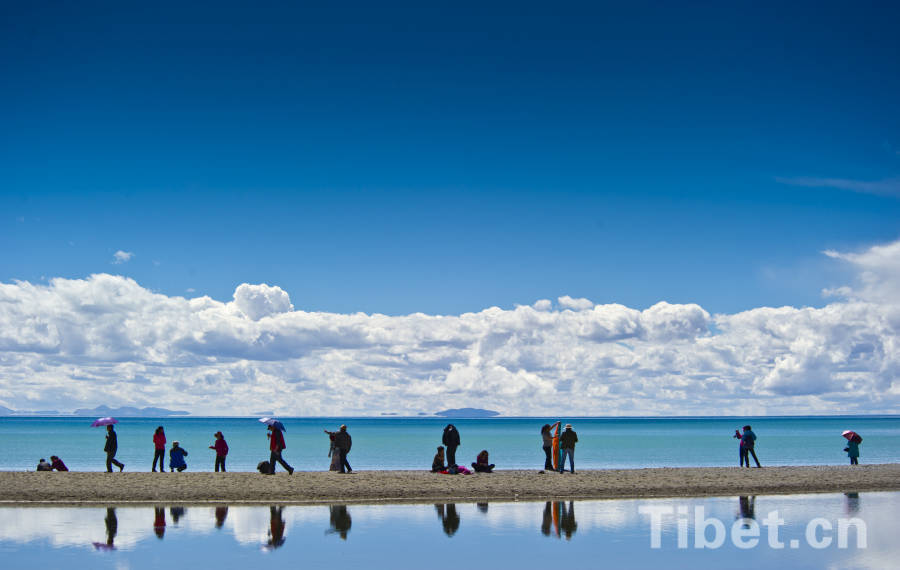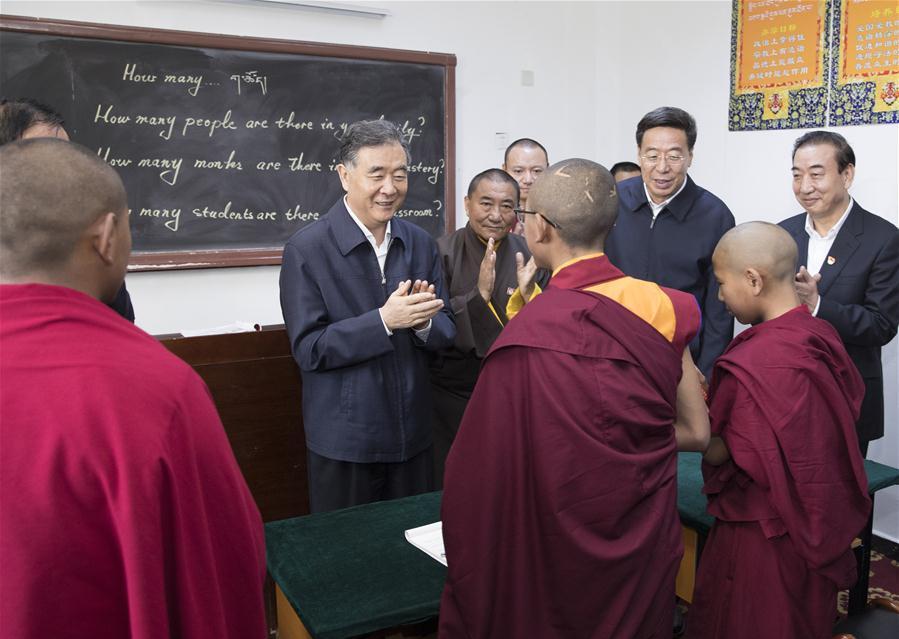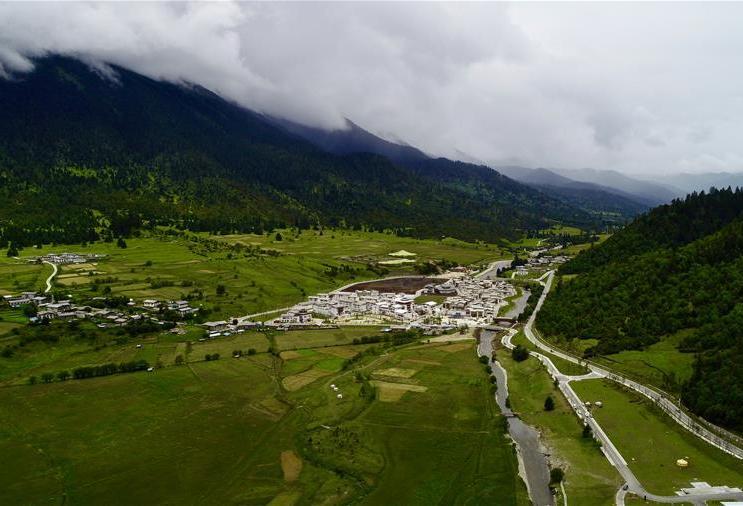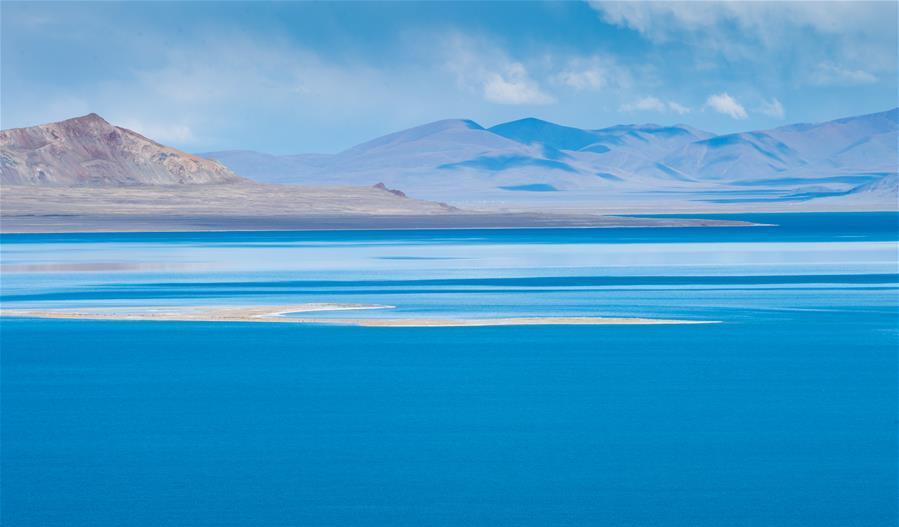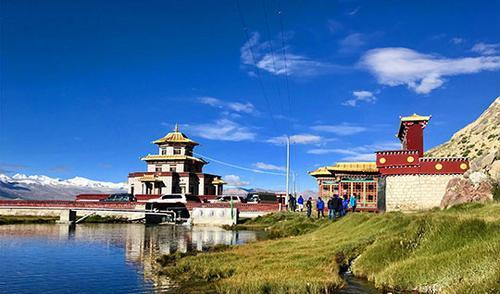Tibet is a very unique location for tourists to Asia, sitting at the roof of the world on the world’s highest plateau. For thousands of years, Tibet was an isolated region, with very few visitors from the western world until the middle of the 18th century. After a long period of isolation in the high Himalayas, Tibet was opened for tourism in the 1980s, and the stunning beauty of this unique region became known throughout the tourist industry. A strange and mysterious land, Tibet is the main Himalayan kingdom in Asia, with the world’s highest mountains fringing its western and southern borders. One of the biggest attractions of the plateau, most literally, is Mount Qomolangma, the world’s highest mountain, which sits right on the Tibetan border with Nepal.
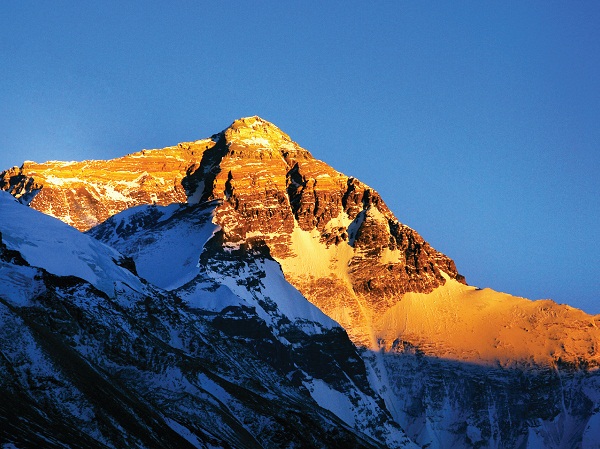
The world’s highest plateau, Tibet has an average elevation of more than 4,800 meters, which can be something of an issue with international tourists suffering from High Altitude Sickness. After more than 1,300 years of Buddhism in Tibet, the people are mostly devout Buddhists, and Tibetan Buddhism is one of the most unique forms of the religion in the world. Aside from the region having some of the most sacred Buddhist sites in the world, such as Mount Kailash, the religion is so integrated into Tibetan culture that it pervades every part of the Tibetans’ daily life. This unique Buddhist culture is one of the main reasons for
Tibet travel which became popular with western tourists in the early days of Tibetan tourism, when there was less red tape to get into the region.
Can I Travel Alone to Tibet?
While once Tibet was an open region of China, since the beginning of the new century, it has been more closed and secular, requiring a certain set of permits and passes in order to even board a flight or train to the plateau. Independent travel in Tibet is prohibited, and while you may not be able to travel to the region without an organized tour, you can travel solo on your tour, with just your tour guide and driver.
Tibet is considered to be a closed region of China, and all travelers intending to visit the region must be part of an organized tour, provided by a registered Tibet tour operator under the Chinese government’s rules and regulations for tourism. Getting into Tibet requires several permits and passes, depending on where you are going in the region, which can only be obtained from the various government departments in Lhasa by the tour operators. Various tours exist for the region, and we have a wide selection of tours that can suit almost any tourist’s requirements, as well as private tours that you can decide where you are going.
What Travel Documents are Needed to Enter Tibet?
Before you even book your trip to Tibet with us, you will need to obtain the first of the documents you will need to get into Tibet, the Chinese Entry Visa (unless you are entering from Nepal). As a region of China, the Chinese Entry Visa is required for all travelers entering China to get to Tibet. For travelers entering Tibet from Nepal, a Group Tourist Visa is issued once you arrive in Kathmandu, the capital of Nepal.
The Chinese Entry Visa can be obtained from any Embassy of the People’s Republic of China, and normally takes just three days to process your visa application. China does not have a Visa on Arrival Service, so all visas must be obtained before leaving your home country.
The visa is also needed to obtain your main entry document for Tibet, the
Tibet Travel Permit. Required for entry to Tibet and travel in the area of the Tibetan capital, Lhasa, this cannot be obtained personally, and once you have booked your tour, we will make the application on your behalf from the Tibet Tourist Bureau in Lhasa. The processing of the application requires scanned copies of your passport and visa, and can take from 15-20 days to process, which means you need to book your tour well in advance of your required travel dates.
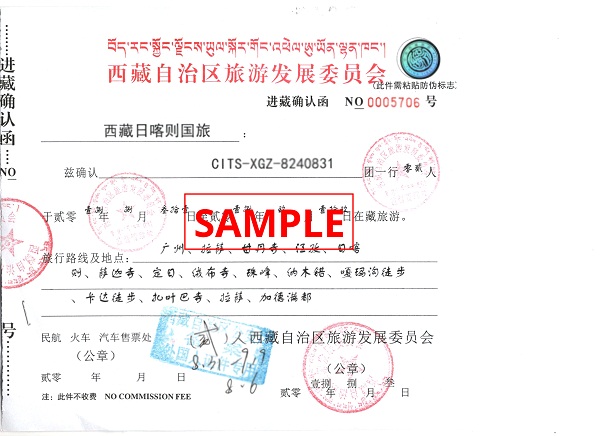
If you are entering from Nepal, the Chinese Entry Visa is not valid, and a Group Tourist Visa will be applied for on your behalf by us once you arrive in Nepal. You need to be in Kathmandu at least five working days before your travel date, as processing of the visa can take around three working days. Our agent in Kathmandu will meet you in your hotel to get your passport, and use that and the Tibet Travel Permit that was already issued to obtain the visa.
The Tibet travel permit is the most important document you will need for Tibet, as it is required in order to board the train or flight to the Tibetan capital. Without it, the station or airport staff will not let you board the flight, and you may find yourself in trouble with the authorities.
What is the Most Popular Itinerary in Tibet?
With hundreds of thousands of people traveling to Tibet every year, the most popular tour of the region is always going to be the trip to Mount Qomolangma, the world’s highest mountain. The border line between China and Nepal crosses the peak of the mountain right on the summit, cutting the mountain in half, with the northern side being in Tibet and the southern side in Nepal. At the summit, it only takes a step to cross from Nepal to China, and vice versa, though you would not be able to descend on the opposite side.
Undoubtedly, the tour from Lhasa to Qomolangma Base Camp (EBC) is the most popular tour itinerary in Tibet, as almost everyone that visits wants to go and see the massive mountain, especially on their first trip. Many even want to see it every time they visit, as it seems to not go out of fashion to stand at the foot of the highest peak on the planet and take selfies.
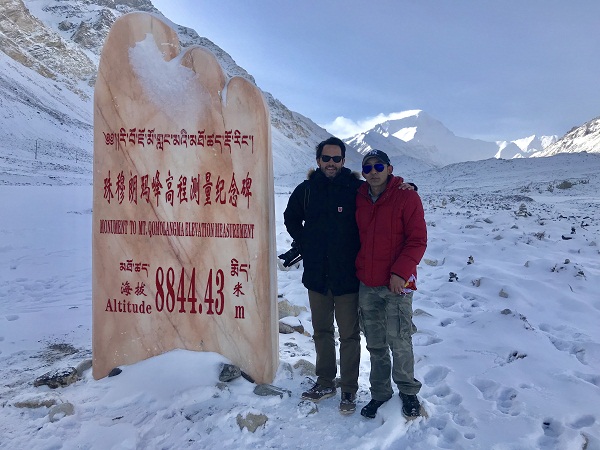
Qomolangma is not the only major highlight of the Lhasa to EBC tour, and from the first full day in Tibet, you will get to experience this unique land and culture in all its Buddhist glory. Tours start in the capital, Lhasa, a stunning city that is a mix of ancient Tibetan and modern Chinese, which actually blend together seamlessly. Stunning sights await you for the two days you will spend in Lhasa acclimatizing, such as the sacred Jokhang Temple, home to what is thought to be the oldest Buddha-blessed statue of himself in the world, and the amazing Potala Palace, the center of Tibetan governance for many years.
As if the awesome sights of the capital were not enough, the rest of the tour to EBC is just as exciting and adventurous. On the long and winding road to Qomolangma, you will pass alongside one of Tibet’s most holy lakes, Lake Yamdrok, one of the Great Three Holy Lakes of Ti8bet, as well as getting to visit and walk around in the region’s most unusual and unique stupa, the Gyantse Kumbum. At 32 meters tall, with 108 individual chapels inside its giant walls, this stupa is unlike any other on the plateau, another of Tibet’s unique and unusual features.
Shigatse, Tibet’s second city, is also on the itinerary, and includes a visit to the Tashilhunpo Monastery, the seat of the Panchen Lama, built in the 15th century by the first Dalai Lama, who nominated the Panchen Lama as the incarnation that would hold the seat of power there. From Shigatse, it is a long drive over some of the plateau’s highest passes, which are over 5,000 meters above sea level, and on to the world’s highest Buddhist monastery, Rongbuk Gompa. Lying at the foot of the Rongbuk Glacier, which runs down from the slopes of Qomolangma, this stunning monastery was only founded in 1902, and was a place of rest for mountaineers heading to Qomolangma’s dangerous slopes in the early days.
What is the Best Season for Tibet travel?
When to visit Tibet really depends on you and your requirements. If you are looking for warm weather and bright sunshine, then summer is your best option. While it may be the monsoon season, it does not actually rain much in Tibet, even in the rainy season, and what little falls usually happens in the evenings and overnight.
If the clear skies and dramatic foliage is your thing, as well as trekking around the region, then the spring and autumn, from April to June and October to December, are the ideal times to visit. The weather is perfect for trekking, as it is warm or cool, and the skies are at their clearest, with almost no chance of rain or snow. Spring is also the time of the blooming of the early blossoms, and the stunning sights of the Nyingchi Peach Blossom is second to none, while the autumn months see the leaves of the trees turning to a variety of reds, golds, and burnished browns, falling to the ground in a multi-colored carpet.

Even the winter can be a good time to travel to Tibet, especially if you are working on a budget or do not want the huge crowds of people that the height of the tourist season brings. The belief that winter is Tibet is all snowdrifts and blocked roads and passes is a myth, and it is even possible to travel all the way to EBC in western Tibet in the winter months from December to January.
Should I Take Tibet Train or Flight to Tibet?
The decision on how to get to Tibet is yours alone, and while there are two main methods of transportation to the plateau, each has its own good and bad points. Flights are often the most popular method of travel to Lhasa for a Tibet tour, as they are fast and frequent, and if time is on an issue, can be preferable over the trains. However, while speed is a good point on the flights, there are other issues concerning air travel to Tibet that are not so good. The main one is the altitude change, which can increase the risk of altitude sickness once in Lhasa, due to pressurized cabins. Then there is the cost, which can be as much as three times the cost of the most expensive train ticket to Tibet. And finally, there is the delays and inefficiency. Chinese airports are known for being relatively unreliable and arduous to travel through, with regular flight delays and inefficient airline staff that mean your trip through the airport can be more stressful than any other mode of transport in China.
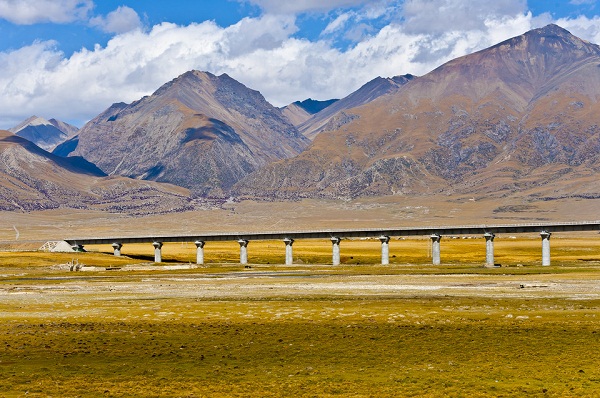
Trains to Tibet are the other option, which leave from seven gateway cities for the Tibetan capital, Guangzhou, Beijing, Shanghai, Chengdu, Chongqing, Lanzhou, and Xining. The trains are less expensive and more comfortable that flights, as they have larger cabin space per person, as well as comfortable beds to sleep on. Cost-wise, traveling by train is one of the cheapest modes of transport in China, with its huge railway network, and Tibet trains are no different, with cost-effective trips from all seven departure stations. However, while they may be preferable in terms of cost and luxury, they are slow, taking anywhere from 22 hours to as long as 55 hours to get to the Tibetan capital. This extended travel time is due to all the trains having to travel through Xining in Qinghai Province of northern China, making the trips long and tedious, unless you love traveling by train.
What Should I Pack for Tibet Tour?
Packing largely depends on the season in which you are visiting, though there are certain things to bring no matter what time you travel. Clothing should cover your body, especially for women, as showing off your nice legs and sleek shoulders is not acceptable in Tibet. Conservative is the world of the day in Tibet, and when visiting temples, the arms should be covered as well.
Hats are very necessary, as the sun can be strong even in the winter. Sunglasses will also be needed to protect your eyes from the glare of the intensely bright sunlight, which can cause snow blindness. Also bring sun creams to protect your skin from sunburn and lip balm and moisturizers to protect from the biting winds of the plateau.
Summer is warm and comfortable, and while you can get away with lighter tops in the summer days, the nights can still get quite cold, sometimes as low as freezing, so you should include warm sweaters and a warm fleece jacket for the evenings. Winter is the same, just colder during both day and night. The bright sunlight may make it seem warm, but in a little shade, you will feel the real cold of the winter months, so plenty of layers to stay warm is necessary. For the nights, thick jackets to wear over your daytime clothes are very necessary, as parts of the plateau can reach temperatures as low as minus fifteen degrees at night.
You should also have a good pair of hiking boots, even if you are not going trekking, as much of the plateau is rough and rocky, even in some of the monastery car parks in Lhasa. You will also be able to walk around locations such as EBC and Lake Yamdrok, so being prepared is a good idea. Thich socks will keep your feet war and blister free too, and wool is better than nylon.
How to Adapt to the High Altitude When Travelling to Tibet?
Tibet lies on the high-altitude plateau that is the highest in the world, with an average altitude of around 4,800 meters, and passes that reach to almost 6,000 meters above sea level. This means that altitude sickness, sometimes known as Acute Mountain Sickness (AMS), is a very real risk for everyone traveling to the plateau. However, while this can be serious in extreme cases, there are ways to reduce how harsh the symptoms become, to help you to acclimatize better.
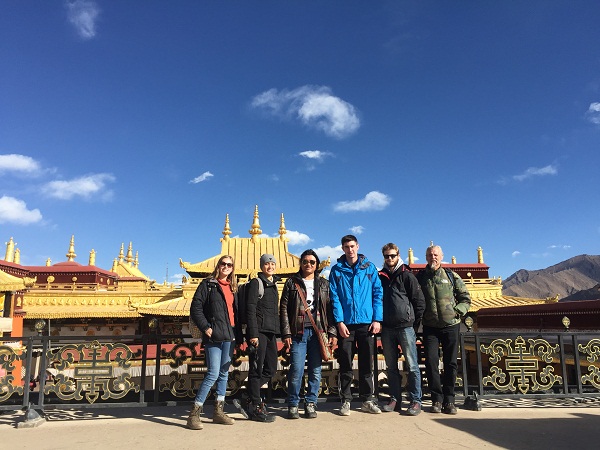
At high altitudes, the body cannot get enough oxygen due to the thinner atmosphere, so it needs time to adjust. This can mean headaches, dizziness, nausea, and a general feeling of being unwell. Rest is always the first option, and you should avoid all strenuous exercise, as well as alcohol and smoking. Eating vegetables and protein-rich meats can help to reduce the risk of AMS, as can staying hydrated. Most people acclimatize and can travel better after a day or two, which is normally spent in Lhasa seeing the sights, but you should be aware of the symptoms, in case you eel unwell later in the tour, as it will travel to even higher altitudes, increasing the risks.








